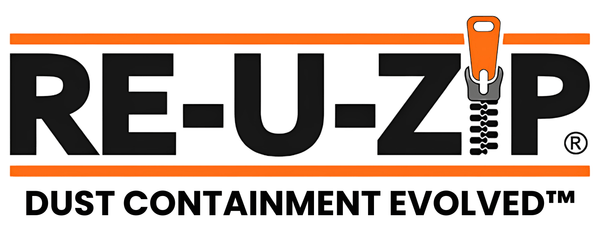
The Hidden Threat in Healthcare: Healthcare-Associated Infections
Share
Your opportunity to lead in infection control starts here! Explore Innovative Solutions for Healthcare-Associated Infections and safeguard your facility today.
In the ever-evolving world of healthcare, where the primary focus is on patient safety, there exists a silent menace—Healthcare-Associated Infections (HAIs). These infections present significant challenges not only to the well-being of patients but also to the financial health of medical facilities. For healthcare administrators, risk management teams, and hospital facility managers, the mission of Reducing Hospital Infections is twofold: ensuring patient welfare while safeguarding institutional resources.
The Financial Toll of Healthcare-Associated Infections
The financial burden of HAIs is a critical issue. These infections lead to longer hospital stays, complicate treatments, and dramatically increase healthcare costs. Recent studies reveal that about 1 in 31 hospital patients in the U.S. acquires an HAI daily, resulting in billions of dollars in annual costs. This highlights the urgent need for Infection Control Strategies that focus on both patient safety and economic sustainability.
Patient Safety Measures: The Cornerstone of Infection Control
Implementing comprehensive Patient Safety Measures is vital to reducing HAIs. This involves a holistic approach, including Effective Hygiene Protocols and rigorous Healthcare Sanitation Standards. Practices such as meticulous hand hygiene and the sterilization of medical equipment are crucial. By embracing Infection Control Best Practices, healthcare facilities can significantly lower infection rates, thereby improving the quality of care provided.
Impact of Infection Outbreaks on Hospital Reputation
The repercussions of infection outbreaks extend beyond immediate health impacts to affect a hospital's reputation and operational efficiency. A single outbreak can trigger a series of negative consequences, including diminished patient trust and increased oversight from regulatory agencies. Investing in Advanced Sanitation Technologies and continuous staff training fosters a culture of safety and prevention, which is essential for maintaining a facility's reputation and efficiency.
Case Study: Triumph in Infection Reduction
Take, for example, a healthcare facility that identified the crucial need for effective infection control. By implementing a thorough hygiene protocol and leveraging state-of-the-art sanitation technologies, this facility achieved a significant reduction in infection rates. This not only led to better patient outcomes but also resulted in considerable cost savings. Such real-world success stories underscore the tangible benefits of proactive Infection Control Initiatives.
Infection Control Strategies Beyond Healthcare
While healthcare is often the focus, other sectors like construction, retail, hospitality, education, and government also face infection control challenges. In settings where large groups of people interact, maintaining high standards of hygiene and sanitation is crucial. Facilities in these industries can learn from healthcare's lessons, applying similar strategies to safeguard employees, customers, and stakeholders.
Call to Action: Innovate with Infection Control Solutions
For healthcare administrators and facility managers, the moment to act is now. Evaluate your current infection control measures and explore innovative solutions that enhance both patient safety and financial efficiency. By adopting advanced technologies and best practices, you can create safer, more efficient environments that prioritize health and economic sustainability. Let RE-U-ZIP be your guide in fostering cleaner workspaces and healthier environments.
Leading the Way with Sustainable Infection Control Solutions
As industries navigate the complexities of infection control, solutions like those offered by RE-U-ZIP emerge as beacons of innovation and efficiency. By providing reusable, eco-friendly barriers, RE-U-ZIP ensures clean, safe environments not only in healthcare but also across sectors such as construction, retail, and education. Their commitment to sustainability, safety, and cost-effectiveness positions them as leaders in containment solutions.
In conclusion, reducing hospital infections is a critical challenge that encompasses both safety and financial imperatives. By integrating cutting-edge infection control strategies and embracing sustainable solutions, healthcare facilities and other industries can protect their populations, conserve resources, and create safer, more efficient environments. Join the mission today: Embrace Innovation with RE-U-ZIP and be part of the change in "Containing Dust, Protecting People."



